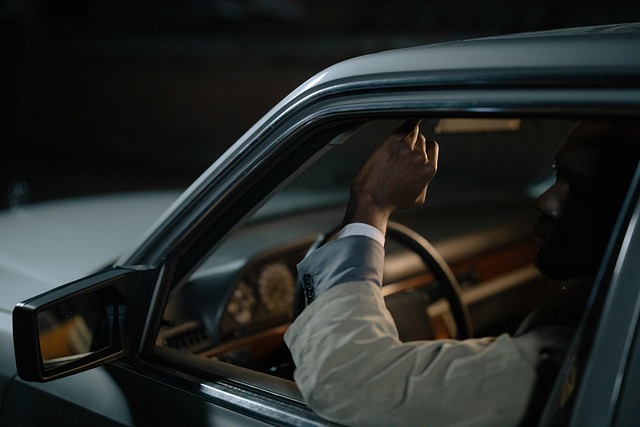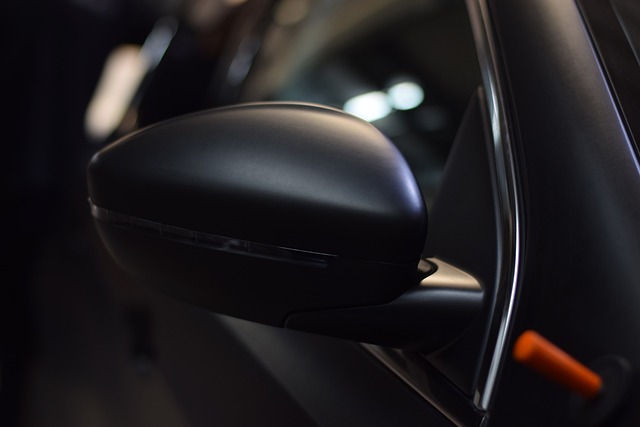Mastering the Art of Surface Preparation for Flawless Vehicle Wrapping
When it comes to vehicle wrapping, surface prep for wrapping is one of the most critical steps to ensure a stunning and long-lasting result. Proper preparation of your vehicle’s surface can make the difference between a wrap that looks great and one that quickly deteriorates. In this guide, we will explore the essential steps and expert tips for preparing your vehicle’s surface, enhancing both its appearance and durability.
Why Surface Preparation is Crucial
Vehicle wraps are an investment, and like any investment, the quality of the foundation significantly impacts its longevity and effectiveness. Proper surface preparation:
- Ensures better adhesion of the wrap material.
- Reduces the risk of bubbles, wrinkles, and peeling.
- Enhances the overall appearance of the wrap.
- Increases the durability and lifespan of the wrap.
Essential Steps for Surface Preparation
1. Clean the Vehicle Thoroughly
The first step in surface prep for wrapping is to clean the vehicle. This process should include:
- Washing: Use a pH-balanced automotive soap and a microfiber cloth to wash the entire surface of the vehicle. Rinse thoroughly to remove all soap residues.
- Degreasing: Apply a degreaser to areas that may have accumulated grease or oil, such as the engine bay, door handles, and around the wheels. Rinse well.
- Drying: Use clean microfiber towels to dry the vehicle completely. Any remaining moisture can affect the adhesion of the wrap.
2. Inspect the Surface
After cleaning, carefully inspect the vehicle for imperfections that need to be addressed:
- Dents and Scratches: Fill any dents or scratches with body filler and sand down to create a smooth surface.
- Paint Condition: Ensure the paint is in good condition; if it’s peeling or flaking, it may need to be repainted before wrapping.
- Rust: Treat any rust spots to prevent them from damaging the wrap.
3. Sanding the Surface
Sanding the surface can help promote adhesion. Use fine-grit sandpaper (around 400 grit) to lightly sand the areas where the wrap will be applied. This step creates a texture that allows the adhesive to grip better. Be cautious not to sand too aggressively, as you don’t want to damage the paint.
4. Remove Contaminants
After sanding, it’s essential to remove any debris, dust, or residue left behind. Use:
- Isopropyl Alcohol (IPA): Wipe down the entire surface with a clean cloth soaked in IPA to remove any remaining oils or contaminants.
- Lint-Free Cloths: Always use lint-free cloths to avoid leaving fibers on the surface.
5. Masking Off Areas
Before applying the wrap, consider masking off areas that shouldn’t be wrapped, such as:
- Windows
- Lights
- Trim
This will help ensure that the wrap is applied neatly and that edges are clean-cut, enhancing the overall appearance.
Expert Tips for Flawless Surface Prep
Use the Right Tools
Investing in high-quality tools can make a significant difference. Use:
- Microfiber cloths
- Quality degreasers
- Fine-grit sandpaper
- Masking tape
Temperature Matters
Ensure that you work in an appropriate temperature range. Ideally, the surface should be between 60°F to 80°F (15°C to 27°C) for optimal adhesion. If it’s too cold or too hot, the adhesive may not stick properly.
Consider Professional Help
If you feel overwhelmed by the process, consider seeking professional help. Many vehicle wrap specialists offer surface preparation services to ensure that the wrap adheres correctly and looks its best.
Conclusion
Mastering the surface prep for wrapping is essential for achieving a flawless vehicle wrap. By following these essential steps and expert tips, you can ensure that your vehicle not only looks stunning but also maintains the wrap’s durability over time. Remember, the success of your wrap depends significantly on the preparation you put into it, so take the time to do it right!


